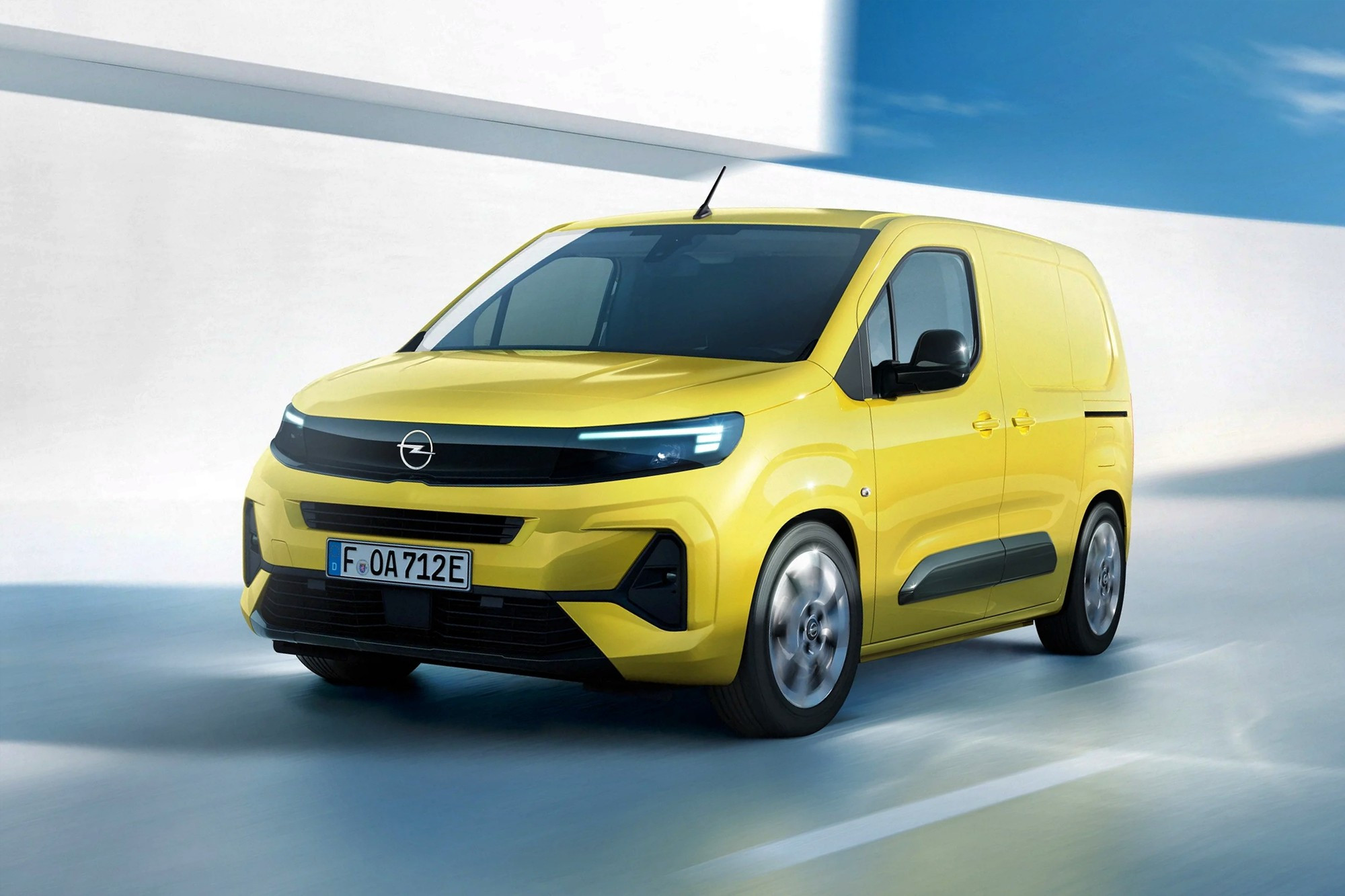
Stellantis Corporation continues to reveal details about the updated line of its light commercial vehicles, today we are getting acquainted with the restyled “heeled” Opel Combo.
In October, Stellantis Corporation presented a new development strategy in the LCV (light commercial vehicle) segment, it was called Pro One and is aimed mainly at expanding the line of pickup trucks, the future of commercial vans in it is outlined rather vaguely, the overall goal is to catch up and overtake Ford, which is now the world leader in LCV sales volume.
Stellantis sells light commercial vehicles (LCVs) under the Citroen, Fiat, Opel/Vauxhall, Peugeot and Ram brands, with some models having clones under the Toyota brand as the collaboration between Stellantis and the Japanese company continues. In May 2022, Stellantis and Toyota announced a new family of large vans for the European market, the premiere was scheduled for mid-2024, but for some reason this new product is not mentioned in the Stellantis Pro One strategy, but there is a paragraph where it is said that Stellantis is preparing a new specialized a large delivery van with a sliding side door and a roll-up tailgate — perhaps this is the new model shared with Toyota.
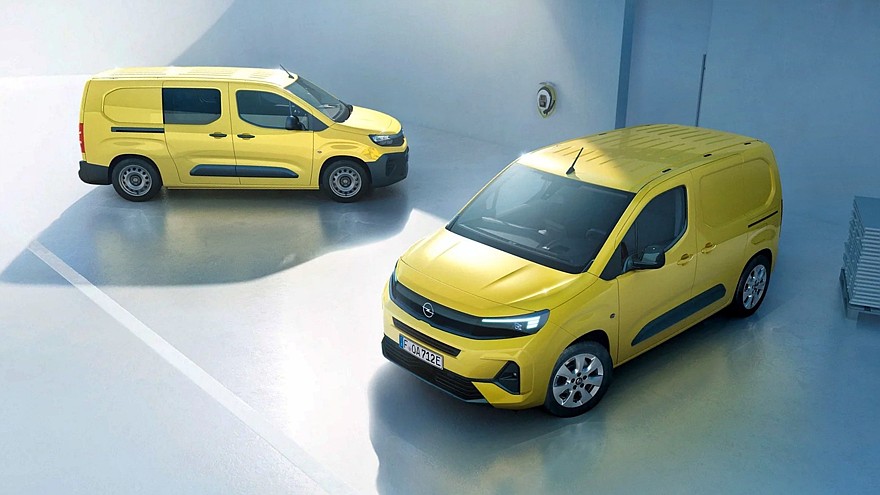 Updated Opel Combo Electric 1/3
Updated Opel Combo Electric 1/3 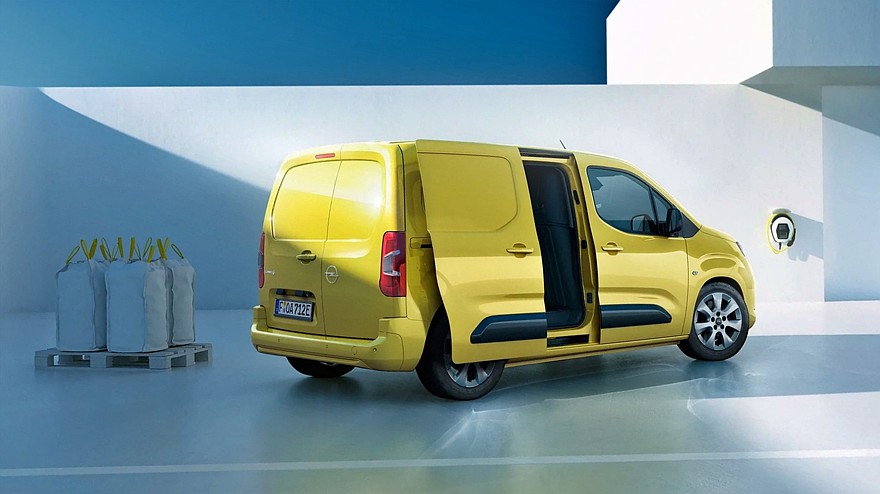 Updated Opel Combo Electric 2/3
Updated Opel Combo Electric 2/3 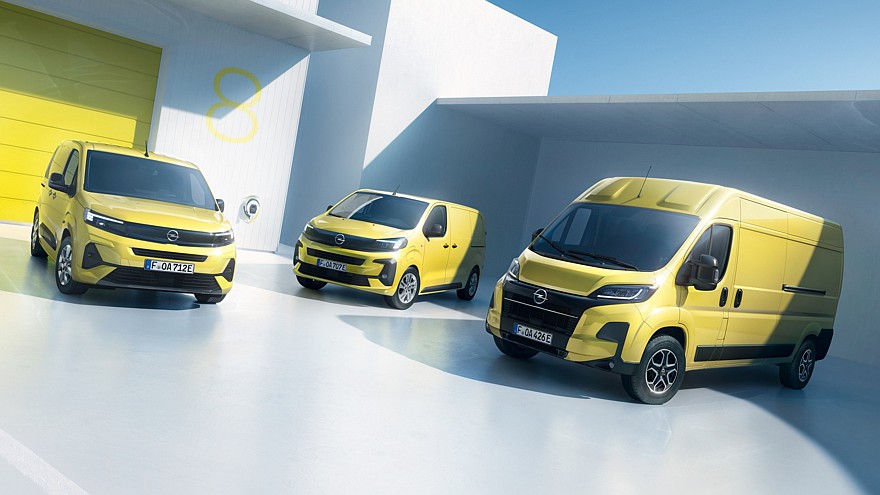 Updated Opel Combo, Opel Vivaro and Opel Movano 3/3
Updated Opel Combo, Opel Vivaro and Opel Movano 3/3
Also in October, the Stellantis corporation introduced updated heels, one-ton vans and large vans under its subsidiary brands in droves, and now it is gradually reporting details about each of the new products. Last week, details were revealed about the restyled Peugeot Rifter, this week about its German clone Opel Combo, and it was at Opel that we were finally allowed to look at the updated interior with a 10-inch fully virtual instrument panel and a new 10-inch multimedia screen.
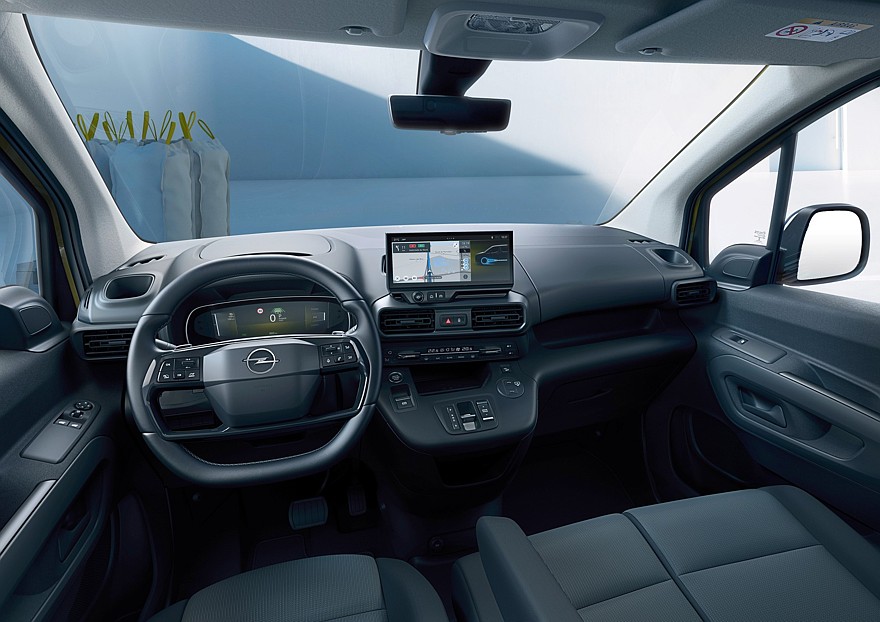 Updated Opel Combo Electric 1/3
Updated Opel Combo Electric 1/3  Updated Opel Combo Electric 2/3
Updated Opel Combo Electric 2/3 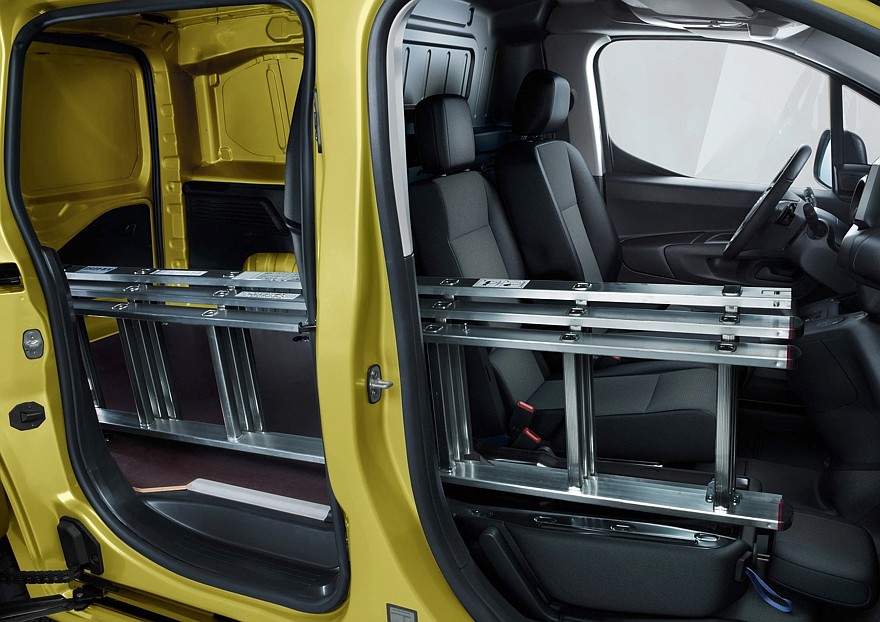 Updated Opel Combo Electric 3/3
Updated Opel Combo Electric 3/3
The multimedia system now works with a fast Qualcomm Snapdragon processor and supports wireless Apple CarPlay and Android Auto smartphone interfaces. The new slightly flattened steering wheel, with its spoke arrangement, is reminiscent of the steering wheel of the latest generation Range Rover SUV. A screen is implanted into the interior rear-view mirror, onto which images from two cameras are broadcast — one is installed at the stern, the second is under the right outside mirror on the front passenger side. The number of different electronic driver assistants has reached 18, including adaptive cruise control.
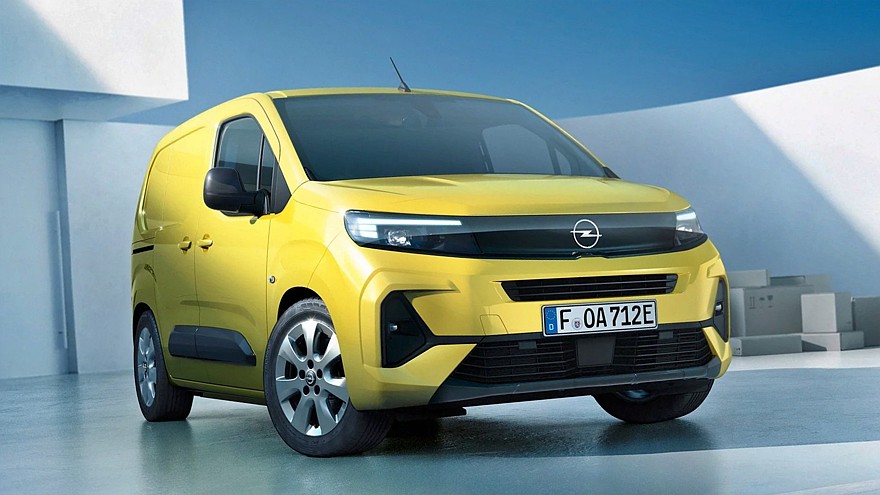 Updated Opel Combo Electric
Updated Opel Combo Electric
From the outside, the updated Opel Combo is easily identified by its completely redesigned front end in the new Opel Vizor corporate style and adaptive matrix headlights (each with 14 LEDs). The “heel” will continue to be offered in two lengths (4.4 m or 4.75 m), the power plants are still diesel, gasoline and one electric. The photographs show the electric version, its electric motor located on the front axle still produces 136 hp, the battery capacity is the same 50 kWh, but thanks to the new control software and heat pump, the maximum range on one charge has increased from 280 up to 330 km on the WLTP cycle. The maximum capacity of the electric “heel” is 4.4 cubic meters, the load capacity is 780 kg, and the permissible weight of the towed trailer is 750 kg. The characteristics of the “hydrocarbon” versions have not yet been declassified.
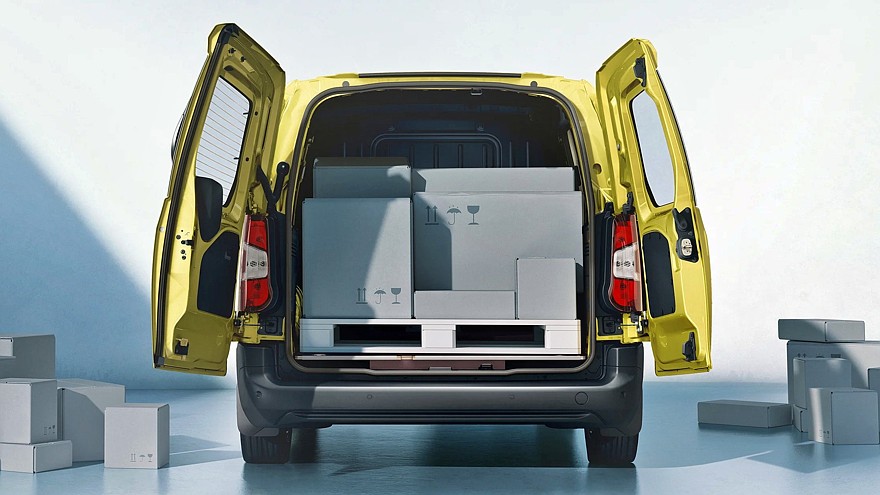 Updated Opel Combo Electric
Updated Opel Combo Electric
The oldest Stellantis model in The LCV line is the Fiat Ducato (Citroen Jumper, Fiat Ducato, Opel/Vauxhal Movano, Peugeot Boxer and Ram ProMaster are its clones), it has been produced since 2006 and regularly receives updates and, as it turns out, is not going to retire yet. Automotive News Europe, citing the head of the Stellantis Pro One division, Xavier Peugeot, reports that Ducato comrades, as well as the K0 family of one-tonne vans (Citroen Jumpy and its clones) and “heels” will remain on their current platforms for as long as possible, then there is a new separate platform or the corporation is not preparing platforms for them. The current one-ton vans and “heels” are based on an adapted EMP2 passenger platform — apparently, the younger “workhorses” of Stellantis will carry it into the next decade, and then we’ll see.







































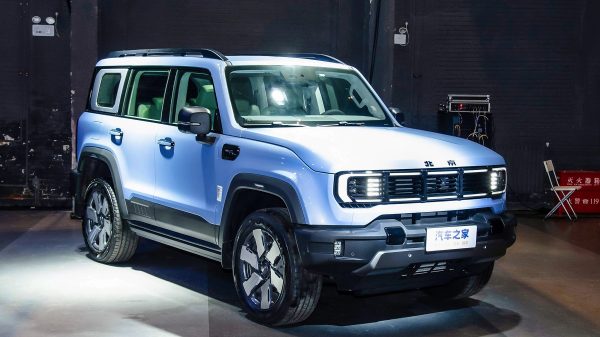
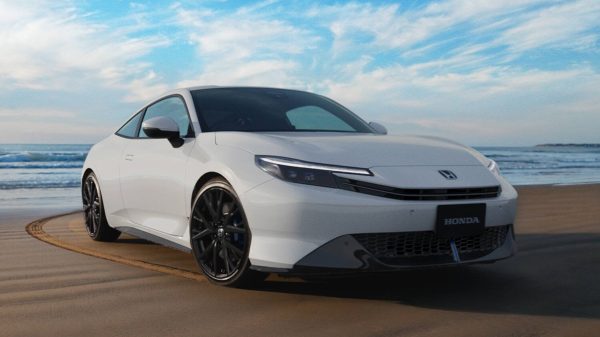
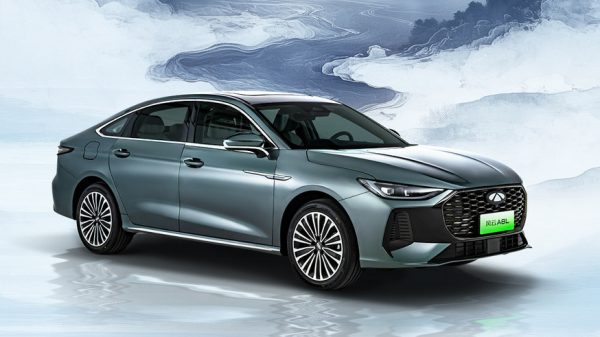


























Свежие комментарии